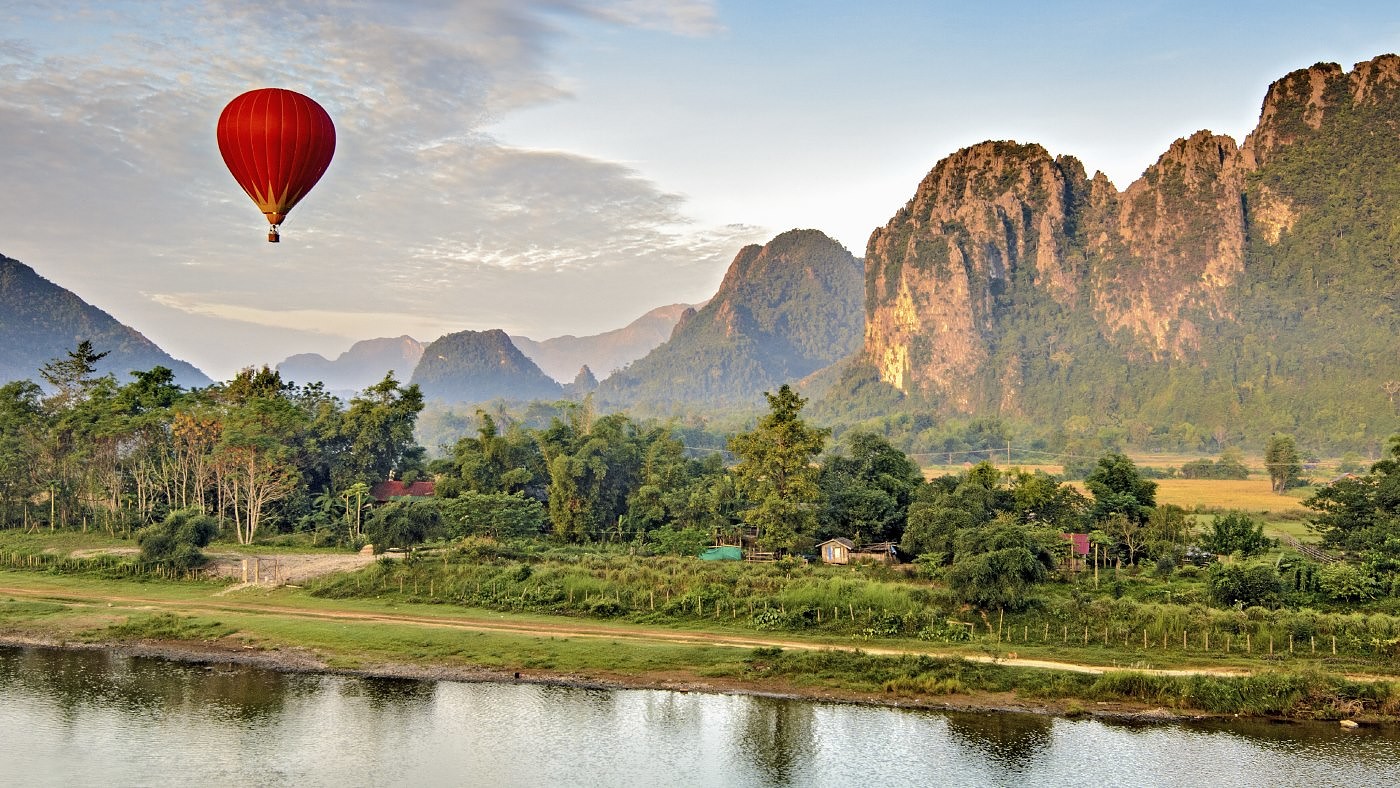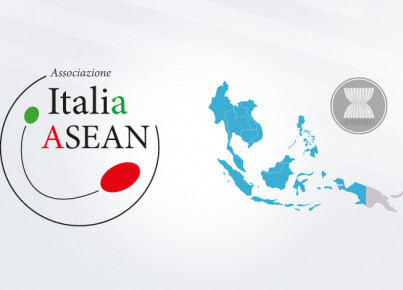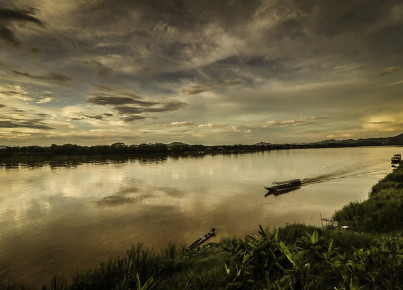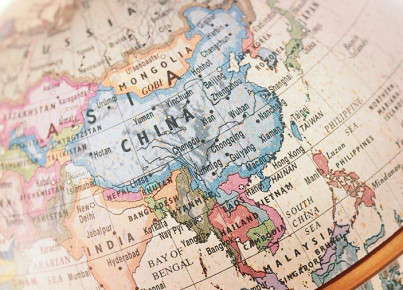Drought and debt force the country of the 'Million Elephants' to rethink its development strategy
The Lao People's Democratic Republic (PDR) is the only ASEAN member state that does not have a direct outlet to the sea: in fact, the small mountainous country borders with China and Myanmar to the north, Vietnam to the east, Cambodia to the South and with Thailand to the West. While landlocked Laos grapples with limited access to the main maritime trade routes and little attractiveness for foreign investors, its strategic position draws the attention of great powers. Indeed, the PDR, the heir to the ancient Kingdom of Lan Xang, the 'Million Elephants', is increasingly crucial in the "battle for hearts and minds in Southeast Asia”.
These lofty statements reflect fairly well the situation of Laos throughout the past three centuries. Following the dissolution of the Great Kingdom into smaller vassal states of Burma (Myanmar) and Siam (Thailand), Laos was reunified only at the end of the 19th century, when it became a French Protectorate. When the country finally got rid of its colonial masters, the outbreak of the Vietnam War wretchedly compromised the country’s hardly-won independence. During the period 1959-1975, the Kingdom of Laos was the scene of a bloody proxy war between the United States and North Vietnam, which led, eventually, to the victory of the Laotian Communists and the creation of the People's Republic.
The first twenty years of independent Laos were strongly marked by the 'special relationship' between Laos and Vietnam celebrated and sanctioned in the Treaty of Friendship and Cooperation of 1977. Only the end of the Cold War and the dissolution of the Soviet Union allowed Laos to break its economic and diplomatic isolation and to restore ties with its other neighboring countries. The first Thai-Lao Friendship Bridge, inaugurated in 1994 thanks to Australian funding, well represents the change.
The Mekong River, the most famous 'Mother of Waters' in Southeast Asia, played a crucial role in reviving the Laotian economy and re-connect it with the ASEAN, which Laos joined in 1997. Between 1994 and 2019, the country's GDP grew by an average of 7% per year, thanks to a gradual opening to foreign trade and the exploitation of its rich mineral resources. Most notably, the Laotian government invested heavily in the hydroelectric sector, building dozens of dams along the Mekong and its tributaries with the aim to become the new “Battery of Asia”.
While downstream states initially opposed the project, especially wary of Chinese involvement in the project and potential impact on their economy, their individual interests eventually prevailed. Thailand, for instance, is the main destination of the 6457 MW of energy produced in Laotian hydroelectric power plants and intended for export. 63 plants are already operational, whereas 37 more will be added in the foreseeable future. Ironically, while Vietnam is traditionally the staunchest opponent of the dams, construction also involves prominent Vietnamese companies (Vietnam itself would be the second recipient of Laotian exports!). While environmental NGOs and local committees have always spoken out against the project, more recently, several international organizations have highlighted the limits of a growth model based on the indiscriminate exploitation of natural resources.
The Asian Development Bank, for example, placed emphasis on the structural weaknesses of the energy sector, which offers a very limited number of jobs and lacks connections with the rest of the economy. In fact, about 75% of the Laotian workforce is employed in agriculture, heavily affected by the record drought which last spring brought the economies of the lower Mekong to their knees, due to the compounded effect of climate change and Laotian and Chinese dams. The global crisis of Covid-19, which wiped out the earnings of the tourism industry and significantly reduced the amount of foreign remittances, contributed to a sharp fall in tax revenues and foreign currency reserves. The choice of Fitch Ratings to further downgrade the Laotian economy, from B- to CCC, demonstrates the concern of international creditors about the country's ability to repay its debts (without falling into the ‘debt trap’) .
Within the 8th National Socio-Economic Development Plan 2016-2020, the Laotian government acknowledged the need to create a 'green' agenda that guarantees sustainable and inclusive development for the country. Political will alone, however, is not enough for reforms to succeed: there must also be effective institutions, modern infrastructures and, of course, appropriate investments. The next five-year plan 2021-2025 will hopefully fill the gap. According to a first draft circulated by the Ministry of Planning and Investments, the 9th plan set one new goal: strengthening international cooperation. For once, the government seems to agree with Kishore Mahbubani: "the wisest thing Laos can do to protect its independence (...) is to become one of the ASEAN champions".
By Francesco Brusaporco






